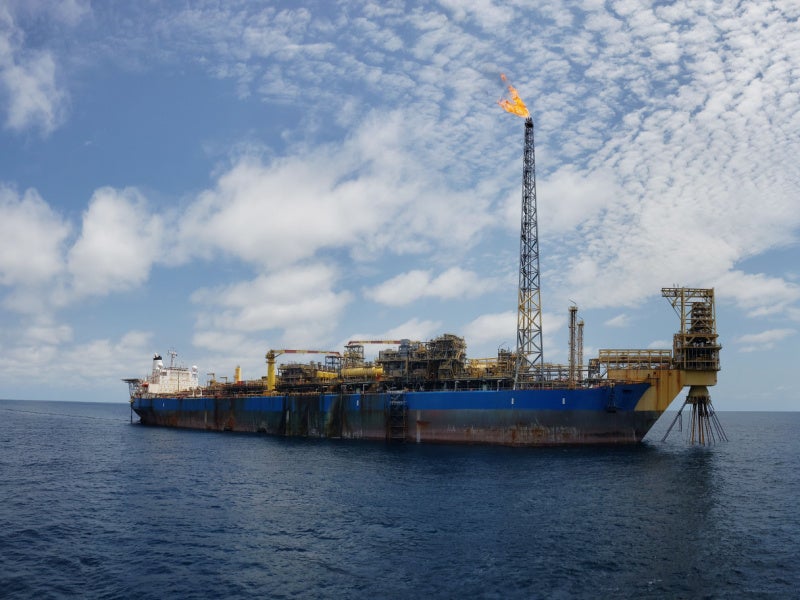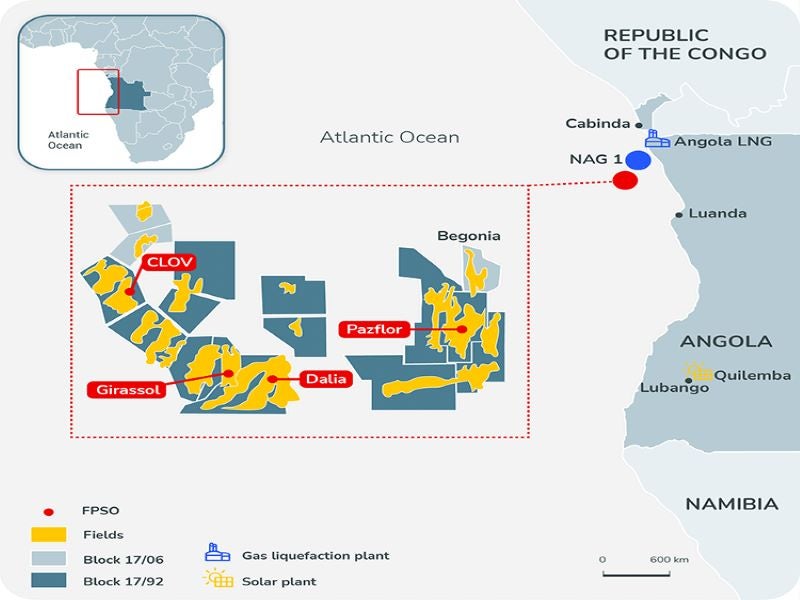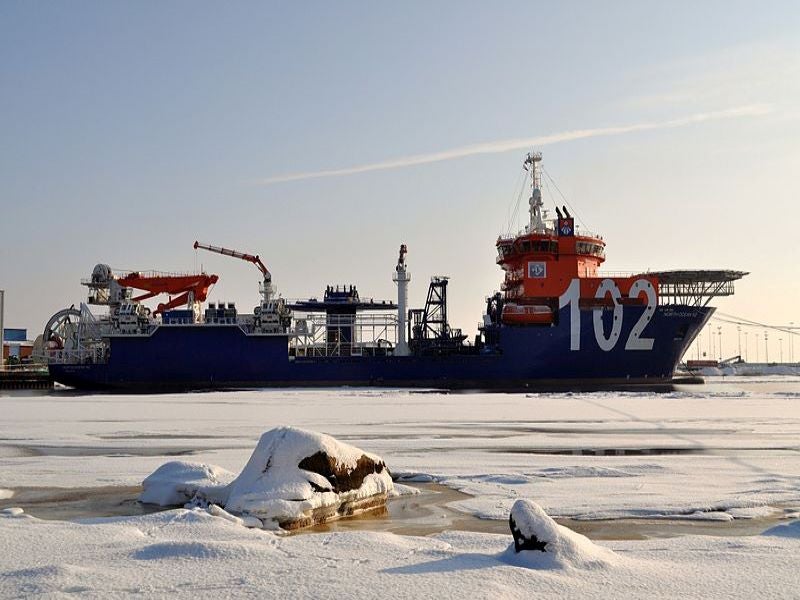Begonia is the first oil field development in offshore Angola block 17/06. French oil and gas major TotalEnergies (formerly Total) operates the block with 30% interest, through its wholly-owned Angolan subsidiary Total E&P Angola.
Angola’s National Oil, Gas and Biofuels Agency is the concession holder, while TotalEnergies’ partners in block 17/06 include Sonangol P&P (30%), Sonangol Sinopec International (27.5%), Somoil Bloco (5%), Falcon Oil (5%) and PTT Exploration and Production (PTTEP, 2.5%).
Somoil Bloco, which is a wholly-owned subsidiary of Sociedade Petrolifera Angolana, agreed to acquire PTTEP’s entire 2.5% interest in the block in December 2022. Somoil Bloco will have a 7.5% stake in the block, upon the completion of the transaction, which is expected in 2023.
TotalEnergies announced the final investment decision for the Kz432m ($850m) Begonia oil field development project in July 2022.
Begonia will be the company’s second Angolan project to use a standardised subsea production system, after the CLOV phase 3 development located in block 17.
Scheduled to come onstream in late 2024, the Begonia satellite field is expected to produce up to 30,000 barrels of oil a day (bopd).
Location
The Begonia field is located in block 17/06 in the Lower Congo Basin, 150km off the coast of Angola. Water depth in the field area ranges from 400m to 750m.
Begonia Field Development Details
The Begonia oil field will be developed as a subsea tieback to the Pazflor floating, production, storage, and offloading (FPSO) vessel, which is operational in block 17.
The subsea development will consist of five wells tied back to the Pazflor FPSO, of which three will be production wells and two water injection wells.
Crude output from the production wells will be gathered and transferred to the FPSO through a 20km-long multi-phase production flowline, with the water injection wells connected back to an existing riser.
The Begonia subsea development is expected to increase the Pazflor FPSO’s oil production by 30,000bopd.
Pazflor FPSO Details
The Pazflor FPSO, operated by TotalEnergies, is spread-moored in 760m-deep waters in block 17 offshore Angola. It has been operational since August 2011.
Daewoo Shipbuilding & Marine Engineering constructed the vessel, in collaboration with AkzoNobel, at its Okpo Shipyard in South Korea. KBR provided topsides engineering, procurement and interface design services for the FPSO.
Measuring 325m long, 61m wide and 32m high, Pazflor is one of the world’s biggest FPSOs. Its topsides weigh approximately 39,000 tonnes.
The FPSO has an oil production capacity of 220,000bopd and water injection capacity of 382,000bopd. It has a crude storage capacity of 1.9 million barrels.
Contractors Involved
McDermott International, an engineering and construction solution provider based in the US, was awarded a contract to supply subsea systems for the Begonia project in September 2022.
Under the contract, the company will provide engineering, procurement, supply, construction, and installation services for the subsea umbilicals, water injection, and production flowlines for the project.
McDermott will carry out project management and engineering works for the project in London, UK, and Kuala Lumpur in Malaysia, with the fabrication work planned to be executed locally in Angola.
Subsea construction vessel, North Ocean 102, will be used for the installation of the umbilicals, while Amazon, a dynamically positioned construction vessel with an ultra-deepwater J-Lay system, will be used for installing the rigid pipelines for the project.





